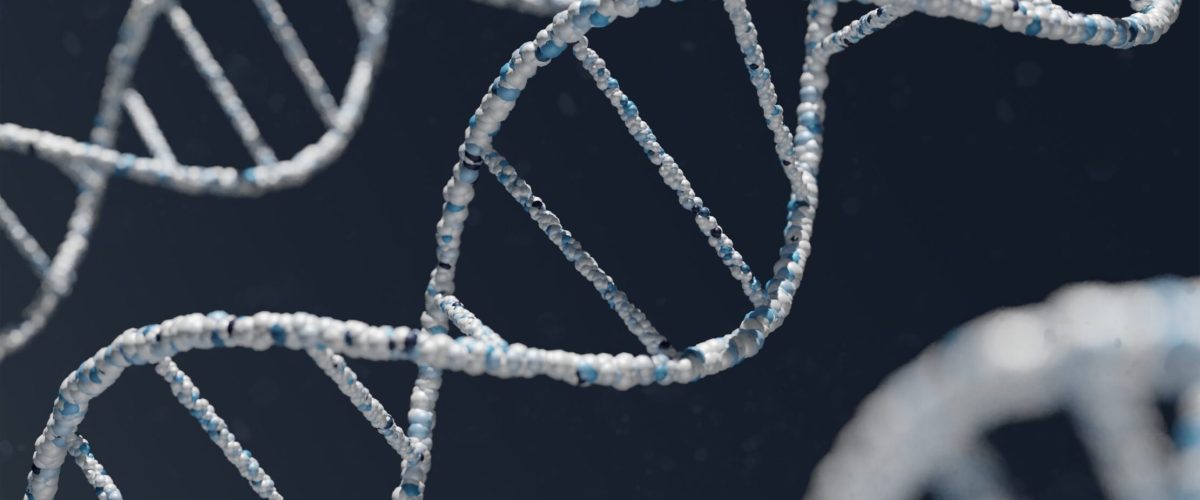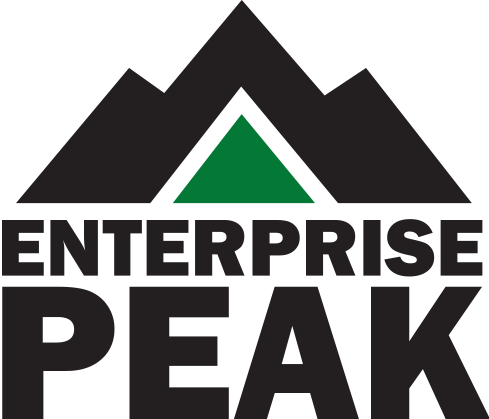Oligonucleotides (or “oligos”) can serve as a 70-point Scrabble word, but more importantly, they serve as the future intersection of molecular biology and digital data storage.

Oligos are synthetically made DNA or RNA strands created through a process called solid-phase chemical synthesis. These DNA strands that have been lab-produced have the exact same structural and chemical properties as cell-made DNA.
While oligos are used in a variety of areas for scientific and medical research and development, they have been commonly implemented in polymerase chain reaction (PCR) applications. PCR is a technique that copies a DNA fragment to make even more copies of the DNA strand—it is used in sequencing or cloning. Most recently, PCR techniques have been applied in the testing for the COVID-19 virus. This global testing practice has been made possible through the advancements with oligos.
Other applications of oligos include genetic fingerprinting in the world of forensic science, diagnosis of pathogens, and speeding the drug development process. They are considered one of the most important tools in present day molecular biology.
ePeak engineers can help your medical and life science business succeed through our management consulting and advanced engineering. Our experience ranges from data collection and analysis to building full applications.
Oligos can also be used to store digital data.
Current advancements have started to take the storing of digital data in DNA from theory to practice.
Recent collaborations have developed ways to store data as DNA sequences. Through relatively simple chemistry, scientists can encode A, T, C, and G nucleotides in oligos in any order, mimicking and expanding on the binary (ones and zeros) data language.
The archival advantages of using oligos as data storage far surpass current methods. Current physical storage methods were not made to last past a few generations. The Digital Revolution and Information Age structures are virtual but stored on media that is disintegrating over time while also taking up large amounts of space. Data running on current hard drives for four years has an attrition rate of 22%—in several decades, they will be gone.
Using oligos or DNA to archive digital data would make it accessible for generations to come. Theoretical calculations predict synthetic DNA can last in permafrost for up to 28,000 years. It also takes up significantly less space. 1 gram of DNA can store up to a zettabyte of digital data. To put that into perspective, it would only take 20 grams of DNA to store all of the data in the modern world.
While the uses of DNA synthesis and oligos for longer-term archiving are various, more immediate potentials for the technology also vary. Timothy Lu, a member of the Synthetic Biology Group at Massachusetts Institute of Technology, noted recently in a PNAS article, “You might encode the entire Library of Congress on DNA, or archive Hollywood movies. We’ve built a bunch of circuits, and it’s just the first wave of applications.”
